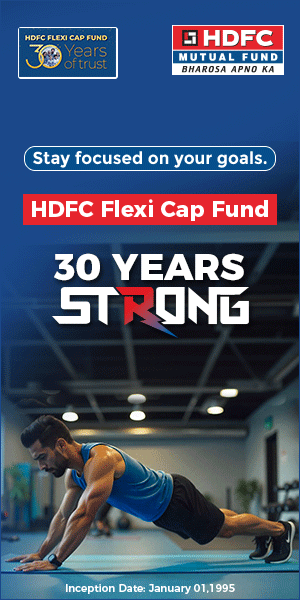What is Indexed cost
What is Indexed cost?
For certain asset classes like debt fund, gold (paper or physical), real estate etc, tax rules allow for indexation benefit for long term capital gains. Long term capital gains period for these asset classes are 36 months or more. In long term capital gains with indexation benefits, the investor is allowed to index the cost of purchase by multiplying the purchase price with the ratio of cost of inflation index at the time of sale and cost of inflation index of purchase. Cost of inflation index data is published by the Income Tax Department. Long term capital gains tax is 20% after indexation.
Let us understand this with the help of an example.
Suppose you purchased 100 units of a debt fund at NAV of Rs 100. Your total purchase consideration is Rs 10,000 (100 X 100). You sold 100 units of the debt fund after 37 months at NAV of Rs 130. Your total sales consideration is 13,000 (130 X 100) Since, you held the units of the debt for more than 3 years, long term capital gains tax applies. Suppose the Cost of Inflation in the year of purchase was 939 and year of sale was 1125. The indexed purchase price will be = Purchase NAV X (Cost of inflation index in the year of sale / Cost of inflation index in the year of purchase) = 100 X (1125/939) = 119.8
Your total purchase value after indexation = 100 X 119.8 = 11,980
Your sales value = 13,000
Your capital gains = 13,000 – 11,980 = 1,020
Long term capital gains is taxed at 20% after indexation.
Your long term capital gains tax = 20% X 1,020 = 204
Hope this clarifies. Thanks
POST A QUERY
Recent Queries
-
What is the benefit of mutual fund STP
Aug 29, 2019 by Nandu
-
How much to invest to meet target amount of Rs 2 Crores
Aug 26, 2019 by Dhiraj
-
Can you tell me return of various indices
Aug 18, 2019 by Dr. Ketan S Trivedi
-
Which Principal Mutual Fund scheme will be suitable for my retirement corpus
Aug 16, 2019 by Sanjay Gargish
-
In which mutual fund can I invest for short term period
Aug 3, 2019 by Chirag Agrawal
-
Can you please show the calculation method for selecting top consistent performing funds
Jul 31, 2019 by Abhishek Shah
-
How can I invest Rs 10 Lakhs
Jul 28, 2019 by Dr. Pradip Kumar Chatterjee
-
Can hybrid aggressive funds invest in large, mid and small cap stocks
Jul 28, 2019 by Pravin Jain
-
Is it possible to check rolling return versus category returns of multiple funds at a time
Aug 27, 2019 by Joel A Peres
-
Which Sundaram Mutual Fund scheme would be good for SWP for me
Jul 25, 2019 by Rabindra Chandra Bhattachara

Fund News
-
Zerodha Mutual Fund launches Zerodha Nifty Short Duration G Sec Index Fund
Dec 26, 2025 by Advisorkhoj Team
-
Groww Mutual Fund launches Groww Nifty Chemicals ETF
Dec 26, 2025 by Advisorkhoj Team
-
DSP Mutual Fund launches DSP Nifty Next 50 ETF
Dec 19, 2025 by Advisorkhoj Team
-
DSP Mutual Fund launches DSP Nifty 500 Index Fund
Dec 19, 2025 by Advisorkhoj Team
-
Kotak Mahindra Mutual Fund launches Kotak Nifty Next 50 ETF
Dec 18, 2025 by Advisorkhoj Team





